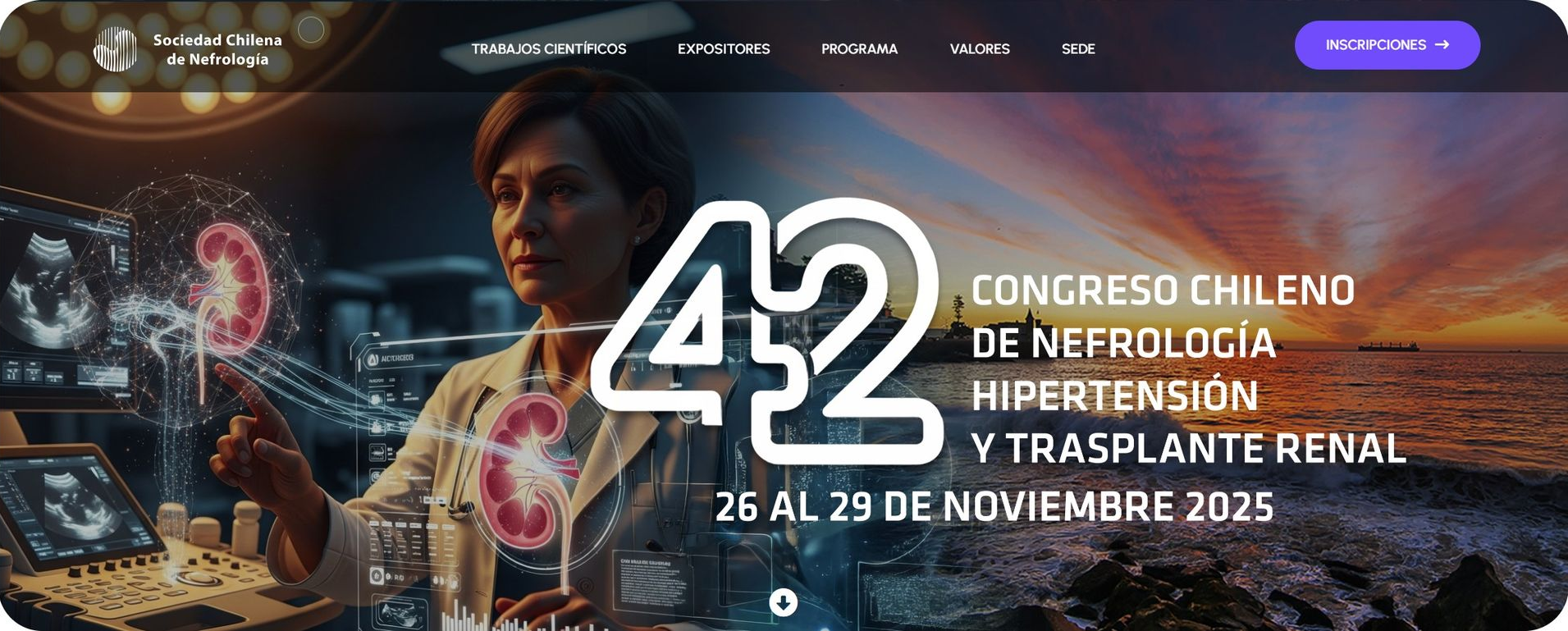Get in touch
+886 2 82192005
info@firapy.com

WS Far IR Medical Technology
Office Address
2F, No.16, Lane 130, Minquan Rd., Xindian Dist, New Taipei City 231, Taiwan
TEL:+886-2-82192005
FAX:+886-2-82192009
E-MAIL:info@firapy.com
Application
Globa Network
© 2025
All Rights Reserved | WS FAR IR MEDICAL TECHNOLOGY CO., LTD










